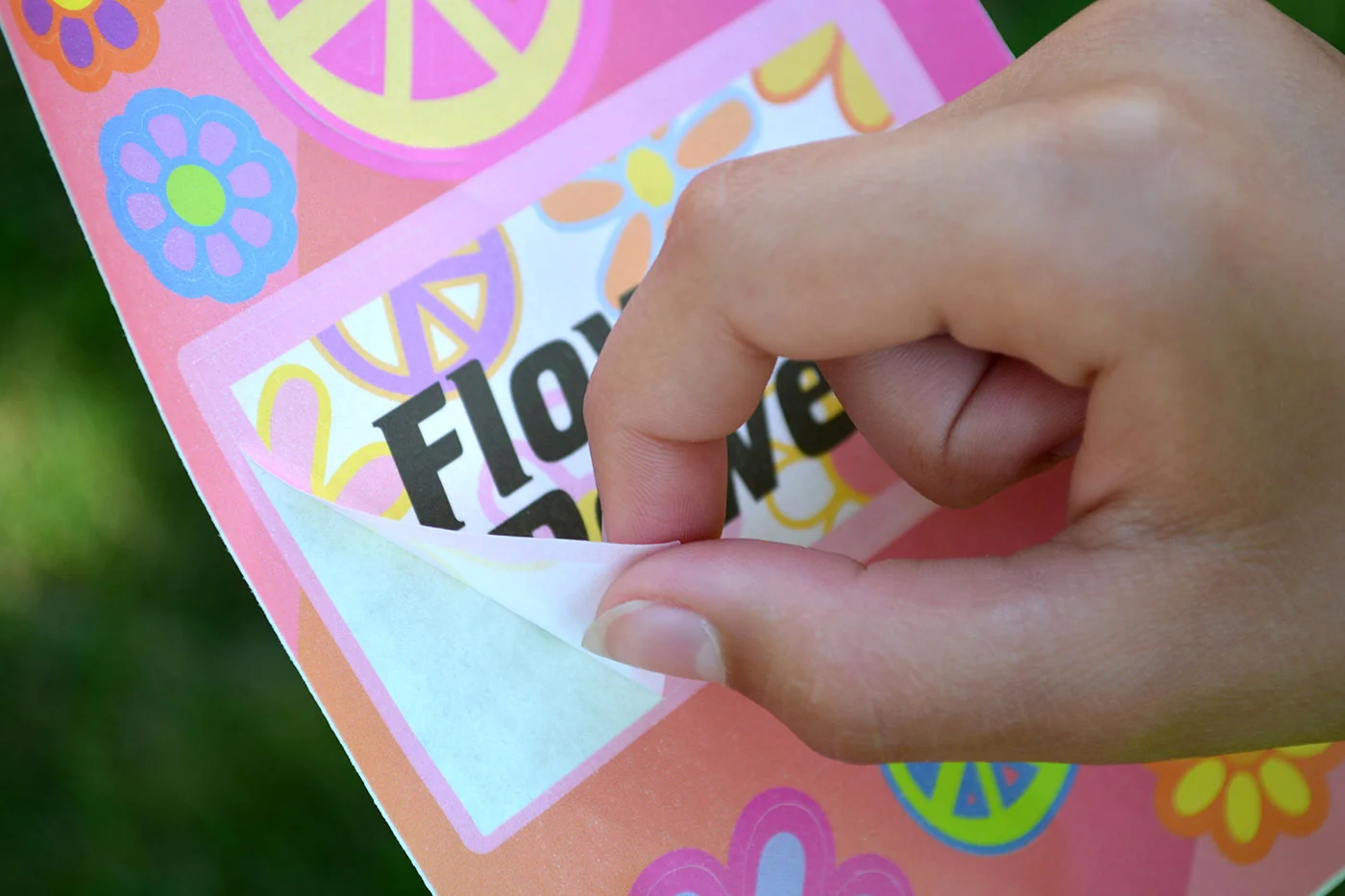The aim of any nutraceutical company is to provide a product that’s not only food and nutrients but expertly crafted, medical-grade products designed to provide a specific benefit. As a result, it’s important to ensure nutraceutical packaging and labeling showcase the science behind the product’s creation and lend the manufacturer the credibility that’s deserved.
Unfortunately, many nutraceuticals are packaged, by necessity, in bags that can make traditional labeling techniques appear less than professional.
How can nutraceutical companies add branding and graphics to these bags without appearing second-rate? More importantly, what’s the best way to add required nutritional information in a sleek, professional manner? In most cases, the solution involves digital flexible packaging.
What Is Digital Flexible Packaging?
Digital flexible packaging combines two up and coming printing and labeling technologies – the digital printing process and a flexible bag or pouch. As mentioned, flexible packaging for nutraceuticals often consists of plastic pouches with a plastic zippered closure and tear-off heat seal. These pouches are FDA and USDA compliant, crucial for any packaging that will contain a nutraceutical.
Digital printing involves the use of a large, computerized printing press to perform a contactless printing process. A file containing a digital image can be transferred to the press via a computer, and printed on substrates of nearly any type, including the flexible plastic used to construct food-safe pouches. Using this method, the digital printer can cover the entire surface of the pouch.
RELATED ARTICLE: 7 Reasons to Consider Custom Printed Stand-Up Pouches
Why Digital Flexible Packaging?
Unlike traditional paper label printing, a digital printer can print on thin, flexible materials – allowing nutraceutical companies to add high-quality graphics to the plastic itself. This type of labeling appears much more high-end than most paper labels. As a result, nutraceutical companies can seize the authenticity and scientific look needed to lend credence to the product inside.
In addition, digital printing can be customized to suit nearly any application. Branding stays sleek, solid, and professional with vibrant imagery, sharp text, and remarkable contrast. No matter the artwork or type necessary, a digitally printed image on a custom flexible pouch is an ideal solution to ensure branded nutraceuticals don't appear cheap or generic.
RELATED ARTICLE: The Latest Trends in the Nutraceutical Market
Finally, choosing digital printing for flexible packaging allows for relatively quick lead times. There’s no need for plate setup or major shifts in production, and set up costs remain relatively low for each separate packaging design. As a result, digital printing is perfect for short to medium runs and allows superior flexibility when it comes to printing different packaging for seasonal items or alternative products.
Are Digital Flexible Packaging Solutions Ideal for Your Nutraceutical Product?
If your nutraceutical company is searching for a professional, high-quality method of labeling bags or pouches, look no further than digital flexible packaging. Century Label is an industry leader in this high-definition, custom printing option; our services have minimal lead time and are reasonably priced compared to traditional methods.
For more information about digital flexible printing options or to request a quote, contact us today.



